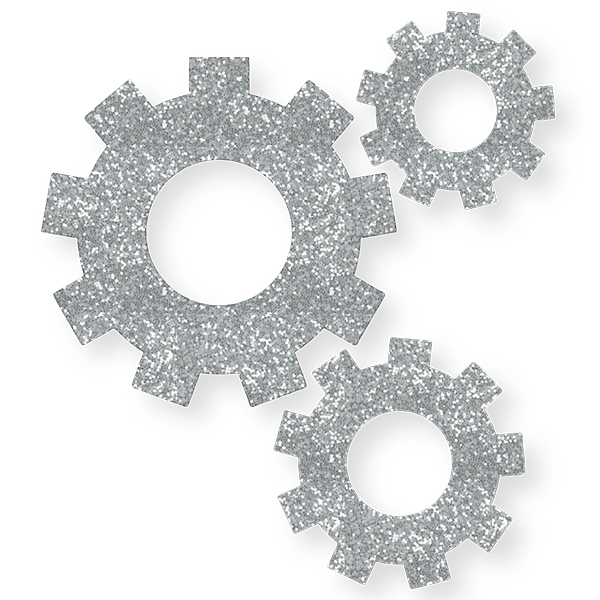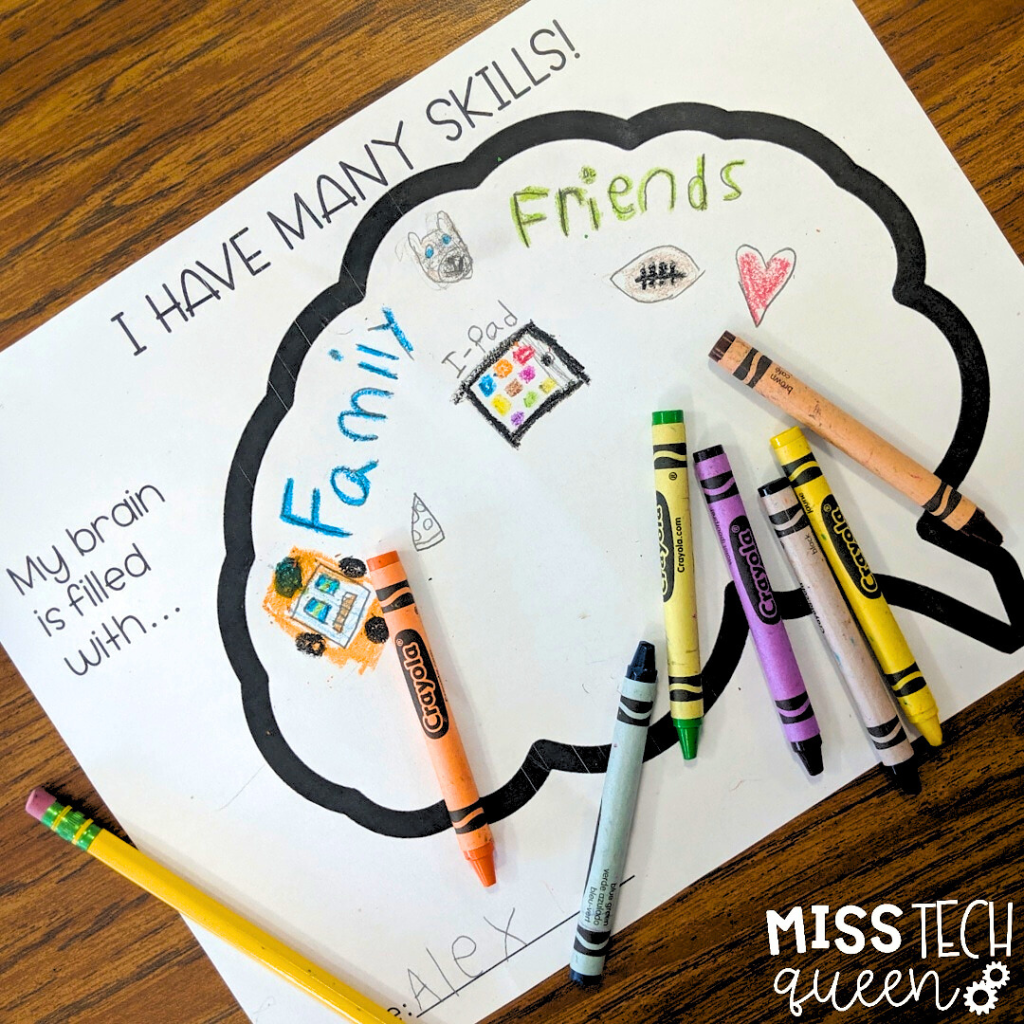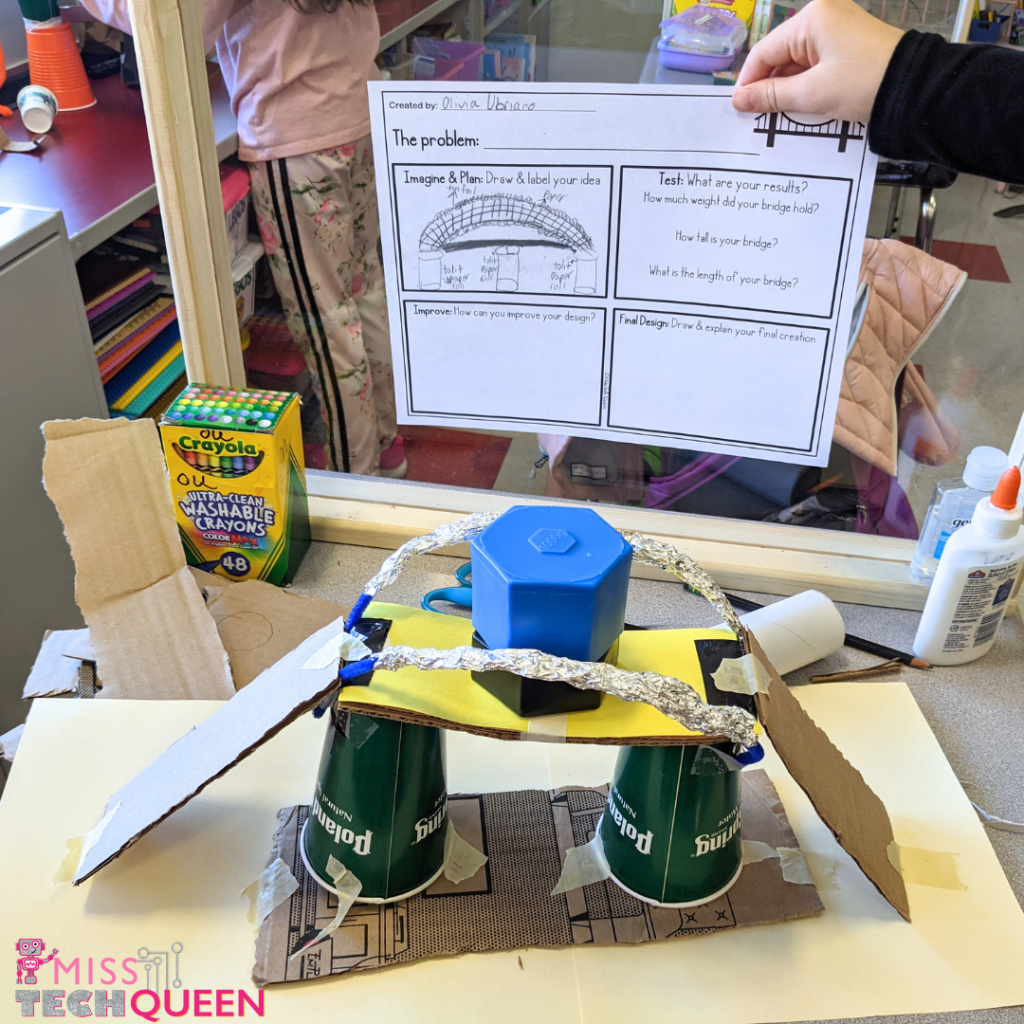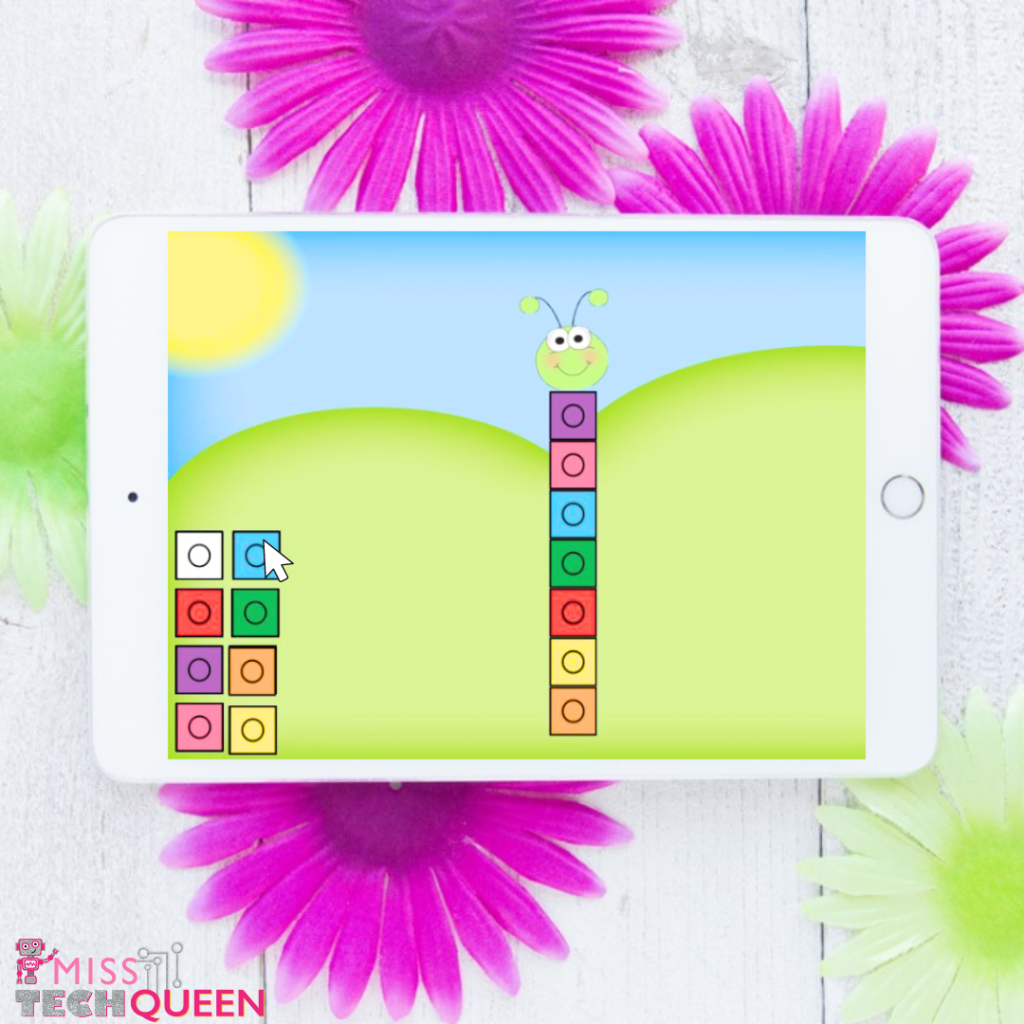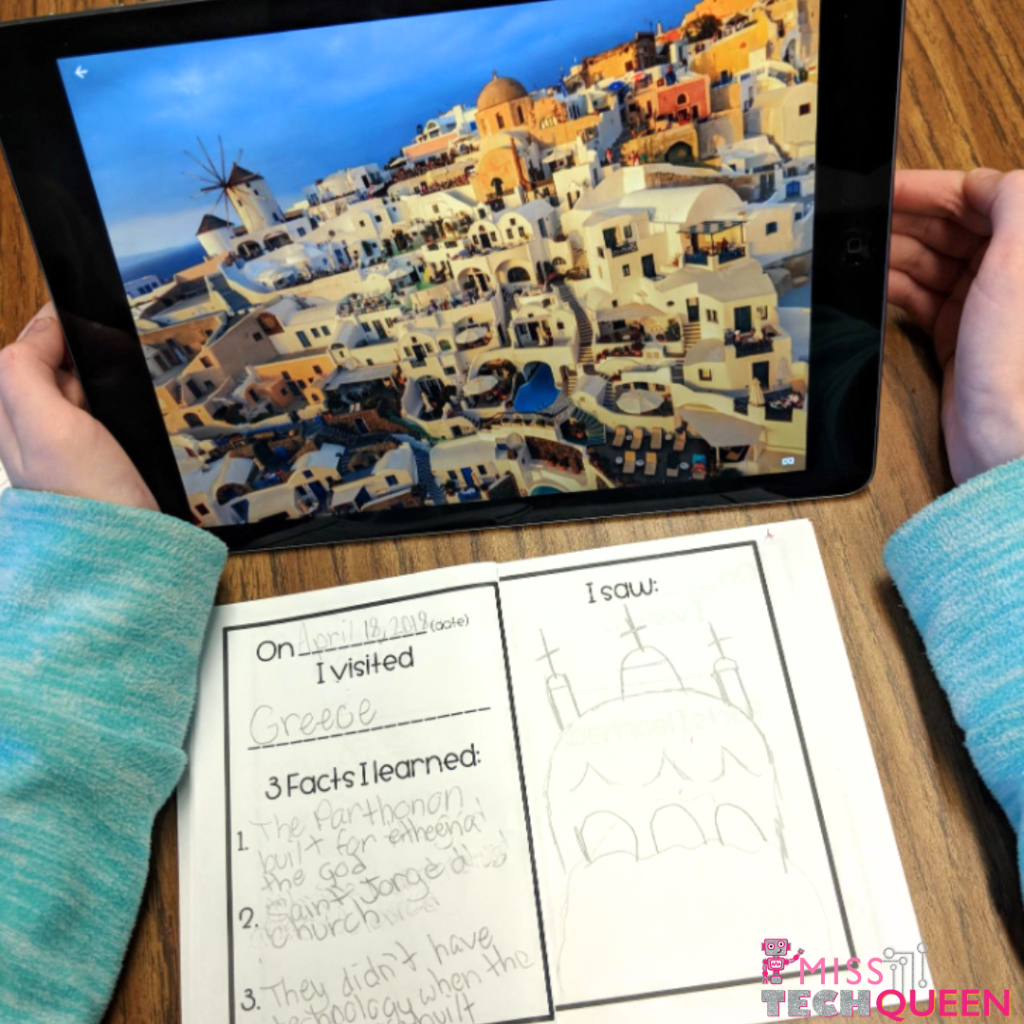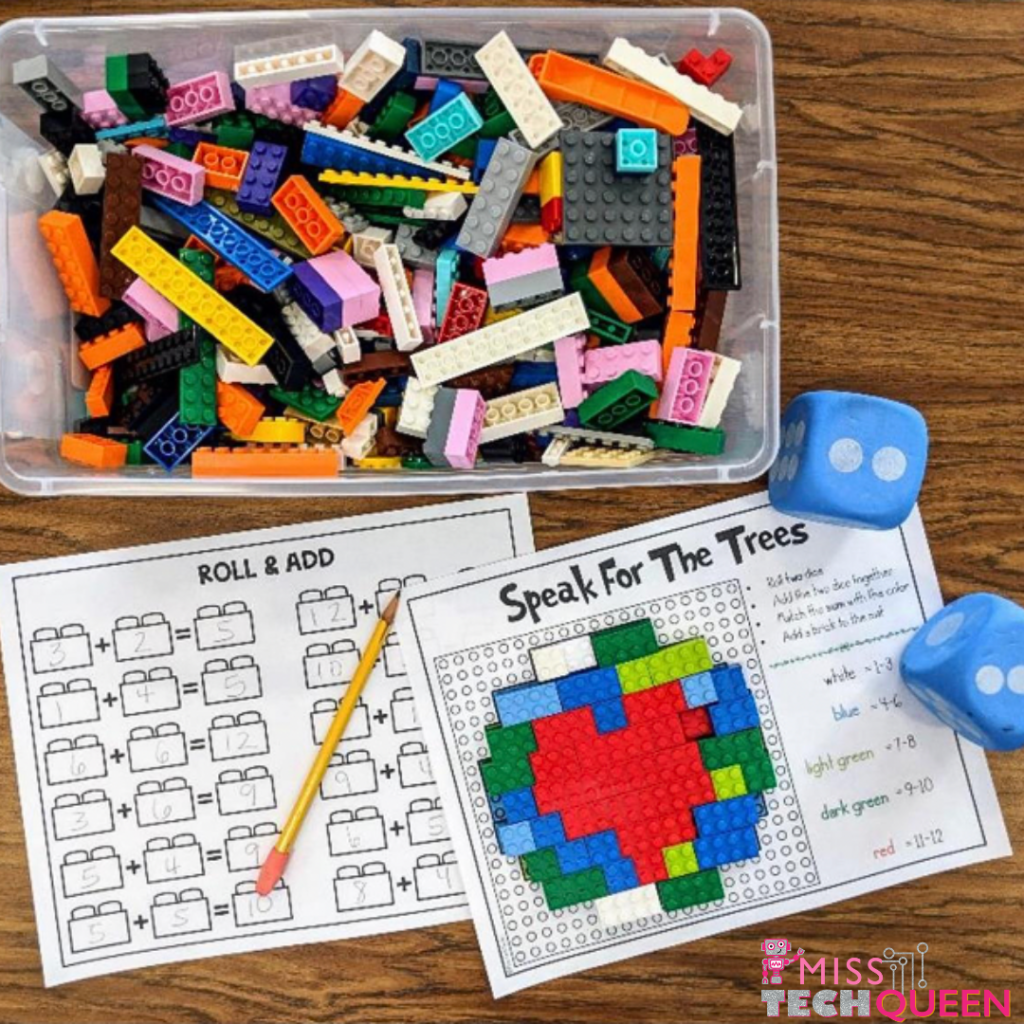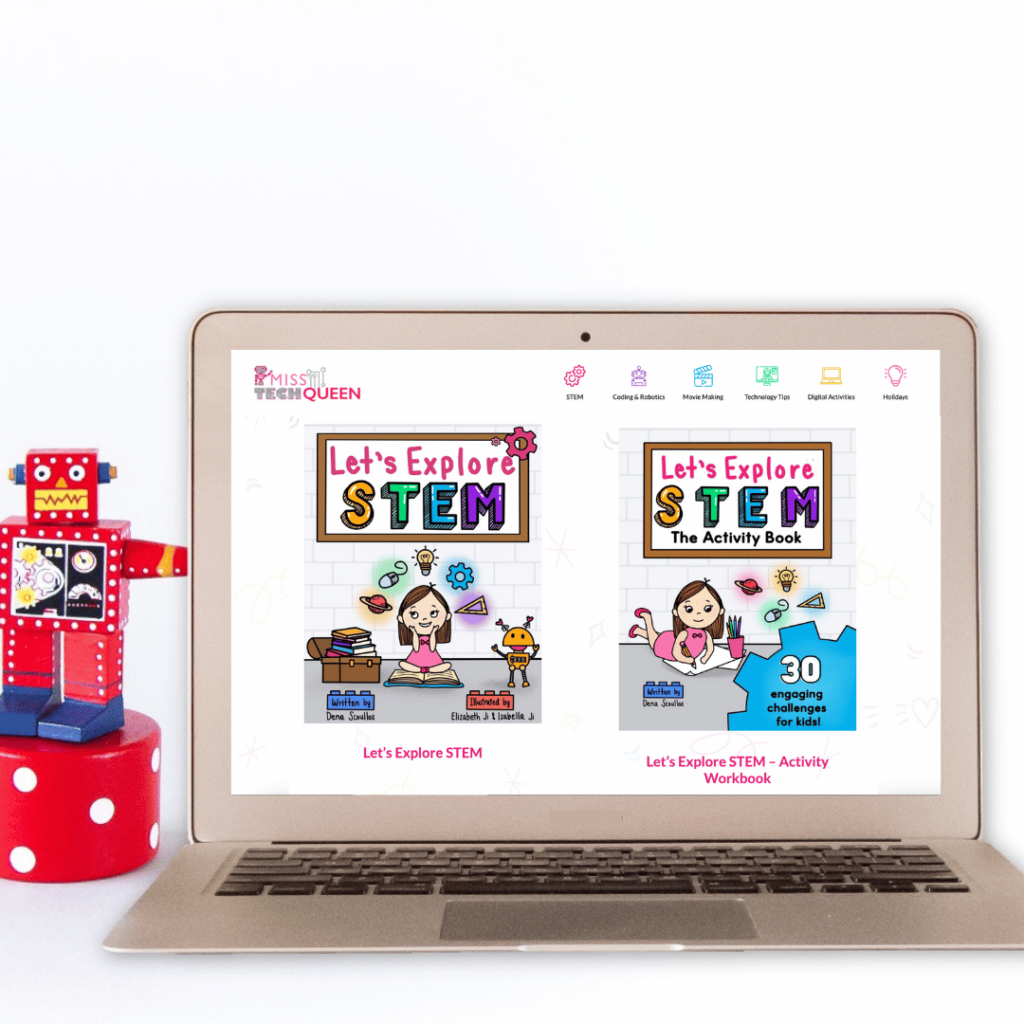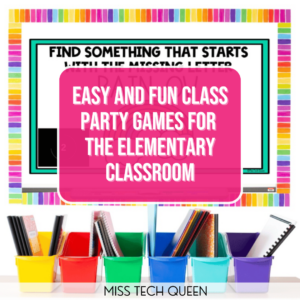
Integrating STEM Into the Classroom: How to use STEM Learning all Year Long
STEM learning isn’t just for science, math, and tech classes! And, it isn’t just about coding or using complex software or robotics. Integrating STEM into the classroom can include anything from seasonal STEM activities to read-alouds. And, these STEM activities will help you seamlessly tap into the power of STEM all year long. Integrating STEM into the classroom can actually enhance every single subject you teach. By creatively using STEM concepts in your curriculum all year long, you can encourage your students to be curious problem solvers. If you are new to STEM or have never tried a STEM challenge, I’m here to tell you that it can be seamlessly combined with your curriculum throughout the school year.
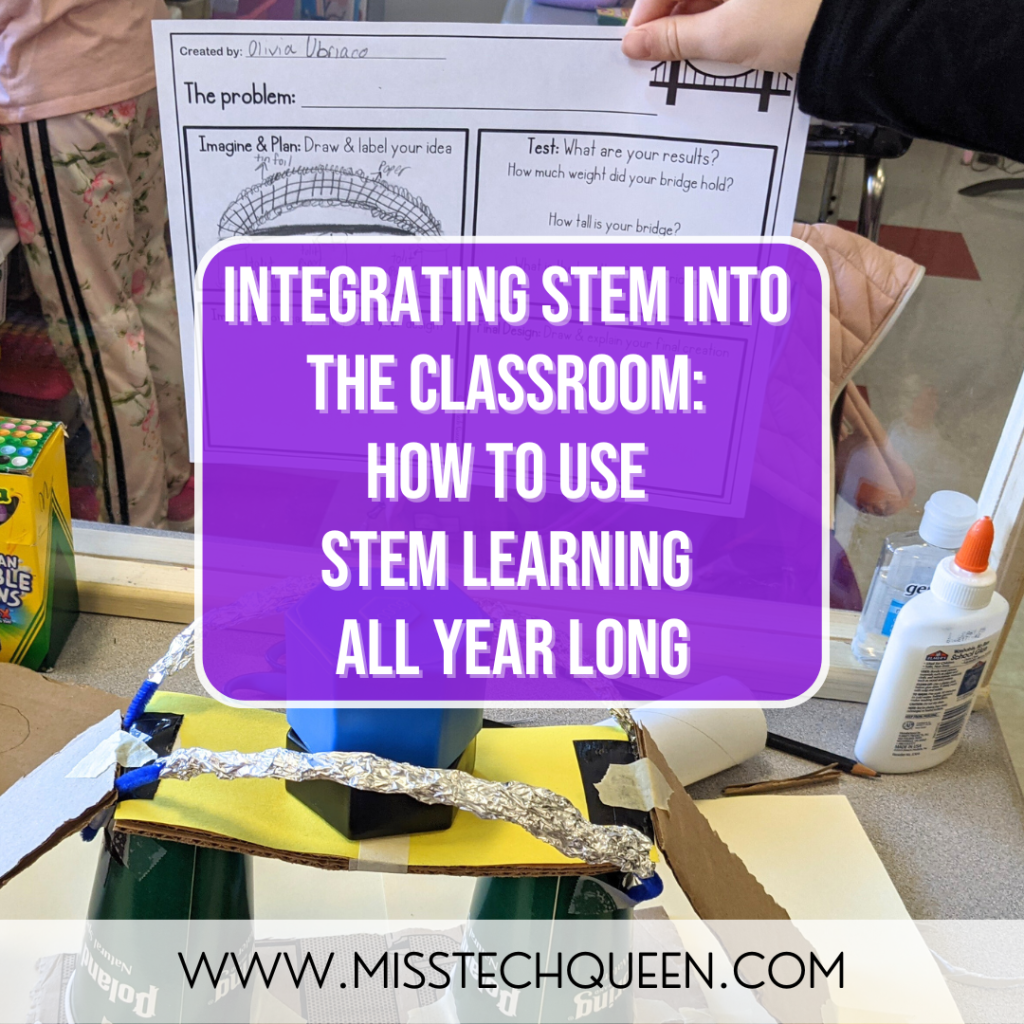
What is STEM in the Classroom?
So, what is STEM in the classroom? STEM learning in the classroom is all about the integration of science, technology, engineering, and mathematics to solve real-world problems. It fosters critical thinking, creativity, collaboration, and problem-solving skills among students. And. . . you can do all these things with fun and exciting activities that feel game-like.
No matter where you are in your STEM journey, I’ve got you covered. I’m here to help you with everything you need to get started integrating STEM into the classroom!
How do I get Started with Integrating STEM Into the Classroom?
When you are getting started with integrating STEM into the classroom, it’s important to embrace a growth mindset not only for yourself but also for your students. Encourage them to view challenges as opportunities for growth and development. This mindset will create a positive and supportive classroom atmosphere where students feel comfortable exploring new concepts and taking risks.
1. Start Small and Build Confidence
If you’re new to integrating STEM into the classroom, it’s essential to start small and build your confidence gradually.
Begin by selecting a single STEM activity that complements your existing lesson plans.
For instance, if you’re teaching a science lesson about plants, have students design and build a simple terrarium to observe the growth of their own plants.
A great place to start is to help your students identify their interests and talents!
I use a Simple STEM Skills activity at the beginning of the year to get my students thinking about how their interests and talents will help them feel successful throughout the school year.
2. Align STEM With Curriculum
The key to successful STEM integration is alignment with your existing curriculum. Identify the subjects or topics that naturally lend themselves to STEM challenges. Look for connections between your lessons and STEM concepts. For example, when teaching a history lesson about famous inventors, engage students in a discussion about the technological advancements their inventions brought about.
3. Collaborate Across Subjects When Integrating STEM Into the Classroom
Collaboration is one of the keys to a successful STEM experience for students. Work with your fellow teachers to create cross-curricular projects that integrate STEM elements. For example, team up with the math teacher to have students calculate measurements for building models, or collaborate with the art teacher to incorporate design principles into engineering projects. It’s also a great opportunity for your students to see you collaborating with others. How cool is that?
4. Look for Opportunities to use Real-World Challenges
Get your students excited about trying STEM challenges by giving them real-world problems that require STEM solutions.
These problems can range from designing eco-friendly packaging for snacks to building structures that can withstand earthquakes.
Tackling these challenges fosters creativity, teamwork, and practical problem-solving skills.
5. Use Hands-On Learning When Integrating STEM Into the Classroom
Hands-on activities are at the heart of STEM education. Because of this, it’s important to provide students with opportunities to build prototypes, conduct experiments, and create models. For a math lesson about geometry, have students construct three-dimensional shapes using everyday materials like straws and play-dough.
Fun Ideas to Get You Integrating STEM Into the Classroom Curriculum
STEM is often associated with specialized subjects, but I can tell you from experience it can absolutely be integrated into all areas of teaching. As a non-STEM elementary teacher, you might be wondering what integrating STEM into the classroom curriculum looks like. Here are a few examples.
1. Integrating STEM With Science
If you are studying the life cycles of butterflies in your science unit, wouldn’t it be awesome to get in some hands-on building fun at the same time?
Use the Caterpillar Stacking STEM Challenge to not only teach about the body parts of caterpillars, but also about balance, measuring, and problem-solving.
And, this doesn’t even have to be limited to building blocks.
The Caterpillar Stacking STEM challenge is also a digital activity.
This means you can also get in some technology learning as well.
You can use this project to help your students learn how to manipulate, resize, and rotate objects in Google Slides.
2. STEM and Literacy
One of my favorite things to do is read to my students. So when I have the opportunity to use a read-aloud in my classroom I know it’s going to be awesome.
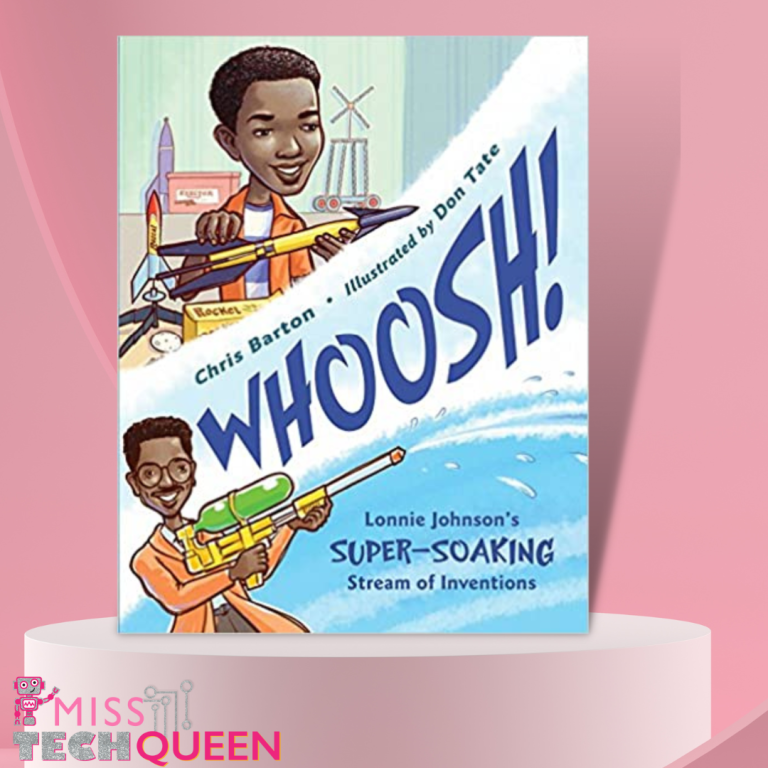
I have a whole series of blog posts dedicated to book recommendations of stories you can read before, during, or after you are integrating STEM into the classroom curriculum.
- From Imagination to Creation: 9 Picture Books That Bring Inventors to Life
- 10 Out of This World Space Themed Books for Kids
- Women of STEM Books for Your Classroom
- 7 Technology Themed Books Your Students Will Love
You can check out the complete list of STEM related books on the Miss Tech Queen Amazon storefront as well.
3. Social Studies and STEM
Take your students on an exciting virtual field trip to seamlessly align your STEM challenge to your social studies unit.
Use GoogleEarth or GoogleMaps to take your students on an adventure with the Virtual Field Trip STEM activity.
Then, they can create their very own passport to show their learning about the place they visited.
They can even create a digital passport to include images and even more information.
Whether you are studying states, countries, or continents, these social studies and STEM activities are the perfect way of integrating STEM into the classroom!
4. Math and STEM go Hand-in-Hand
Where do I even begin with ways to integrate math and STEM? The possibilities seem limitless!
One of my favorite ways to use math concepts and STEM challenges together though has to be with building bricks. And, they are absolutely a kid favorite too! The Math Center Building Brick Challenge Bundle has tons of lesson plans, no-prep printables, and more for you to use all year long.
With just a few building bricks like LEGOs or any other interlocking brick, some dice, and no-prep worksheets, your students will be using math to create fun shapes and pictures. And, the best part is whether they are adding or solving two-digit multiplication problems, these activities feel more like a game than math practice.
You should definitely check out all of the incredible STEM math challenges available on the Miss Tech Queen TPT store today!
Embracing STEM All Year Long
Hopefully, you are already feeling inspired to jump into the world of STEM. But, how do you keep that momentum going all year long? With simple STEM challenges you can use every month and season of the year!
One of the easiest ways I have found of integrating STEM into the classroom all year long is with seasonal themed STEM challenges. And, I have just the resource for you! I put together 70 of my favorite Simple STEM Challenges in one easy-to-use bundle for an entire year of STEM challenges that can be incorporated into your curriculum.
Because I know how overwhelming it can be to plan out an entire year’s worth of curriculum, I am so excited to offer you my STEM for a Year Scope and Sequence FREEBIE to help you get started! You will find a suggested list of activities organized by month and season.
What’s included:
- Overview of the activity – what students need to do
- Skills addressed
- Suggested books
- Suggested materials
Remember, customize these activities to fit your classroom & students’ levels. All building challenges are left very opened ended, including the materials needed. You can use recyclable materials, craft materials, or even blocks or LEGOs. All student projects will & should look different. There is no right or wrong. And, most importantly, have fun, be creative, and shine bright!
Additional Resources to Make STEM Exciting
Embrace the exciting world of STEM with my Let’s Explore STEM picture book and activity workbook! My book introduces your kids to Science, Technology, Engineering, and Math with engaging rhymes and vibrant illustrations. The workbook further takes what they learn from the picture book with 30 hands-on challenges. Together, they’re the perfect duo to spark curiosity, encourage creativity, and inspire problem-solving at home or in the classroom. These resources, from exploring space to seasonal STEM projects, make STEM learning interactive and fun for your kids.
You’ve Got This!
Integrating STEM into the classroom may seem daunting at first, especially if you’re new to STEM learning.

However, with a little patience, creative thinking, cross-curricular collaboration, and a focus on inquiry-based learning, you can seamlessly integrate STEM into the classroom throughout the school year. And, you’ve got me, Miss Tech Queen, at your fingertips!
Remember that STEM education isn’t about having all the answers; it’s about fostering curiosity, critical thinking, and a passion for exploration in your students. By embracing STEM, you’re equipping your students with skills that will serve them well in an ever-evolving world.
Pin it!
Be sure to save these ideas for integrating STEM into the classroom curriculum to your favorite teacher Pinterest board today!

Share it:
- Read more about: Makerspace, STEM, Tips for Teachers
